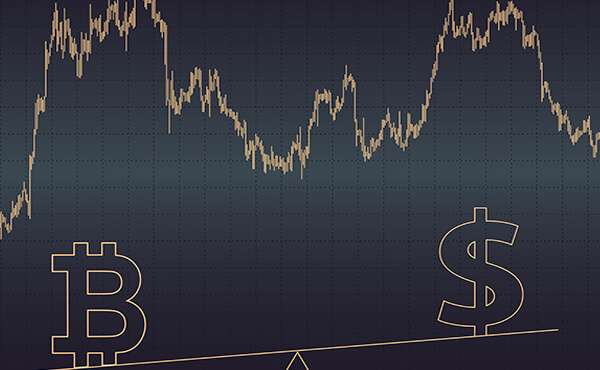
While combining the stability of real world assets with the power of the bitcoin blockchain may seem like the best of both worlds, there are also plenty of people out there who don’t think the concept is such a good idea. There’s nothing stopping these sorts of bitassets from coming into existence. In fact, they already exist. However, the question of whether or not they’ll actually be useful for the general public is still up for debate. At the end of the day, it’s possible that these products of financial cryptography will mainly be used as hedging instruments.
BitUSD as a currency
In a recent blog post, Truthcoin Creator Paul Sztorc made the case that bitUSD doesn’t really offer any improvements over the combination of bitcoin and BitPay for merchant payments. He noted a number of different risks associated with bitUSD that aren’t found with actual US dollars such as technical and regulatory concerns. When asked to comment further via email, Sztorc stated, “BitUSD needs intrinsic value, just like bitcoin needed it. No merchant will accept bitUSD while BitPay exists.”
Illicit use cases?
Of course, BitPay and USD-denominated bank accounts are not available to everyone in the world. Whether you’re running an illegal operation through a Tor hidden service or you just happen to live in a country with limited access to banking, there may still be a few instances where bitUSD is the only option. When asked to clarify whether he thought there were certain situations where bitUSD may be useful, Sztorc conceded that there may be a few niche use cases for the bitasset:
“My guess is that the true avenue-to-life for bitUSD is a non-presence of [real US dollars] — places where there is no ‘traditional banking’. I am imagining the perfect storm would be some kind of illegal operation in unbanked Africa where the managers can’t afford bitcoin’s volatility.”
Sztorc was also quick to point out that these niche use cases are likely few and far between. He described the increased availability of USD-denominated bank accounts and a less volatile bitcoin as two issues that could make bitUSD an unnecessary invention for the vast majority of users:
“As operations become more-legal or traditional USD-banking becomes more available, BitPay would regain its ability to replace bitUSD. As Bitcoin’s volatility decreases over time, savers would likely swap bitUSD for Bitcoin (after all Bitcoin has a long-run advantage by being non-inflationary).”
This still leaves the black market — whether on the dark web or not — as a possible area where bitUSD could become useful, but Sztorc seemed dismissive of the overall importance of this kind of use case:
“It’s fun to dream big, but ultimately all sufficiently rich users whose patronage would justify — economically — the effort involved in creating a bitUSD are already in a fiat world, and they can already get from BTC back to fiat at the drop of a hat. They’re first-world citizens who are already pro-Bitcoin.”
So what’s the verdict?
In the blog post on the Truthcoin website, Sztorc did seem to indicate that his platform would probably create a version of bitUSD indirectly, but it would always be used side by side with other (intrinsically valuable) long term bets. For example, users may want to denominate a bet on who will win the World Cup initiated before the start of the tournament in US dollars or euros instead of bitcoin. This is the kind of niche use case where one might want to have dollars on the blockchain rather than dollars in a bank account.
Sztorc has continually pointed out that bitUSD should only be used as a long term store of value. While he’s also explained that BitPay, Bitreserve, and many other businesses can also be used to avoid bitcoin’s volatility, Ethereum Creator Vitalik Buterin pointed out that those entry and exit points usually come with added costs. As a final note, Sztorc was able to describe a scenario which would render the bitUSD completely obsolete:
“To fully kill the bitUSD? A private, cellphone-accessible, Swiss bank account that accepted Bitpay — [as in, BTC to USD] — deposits.”

